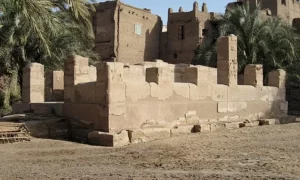El-Tod is a small town in Upper Egypt, located near Luxor, known for its ancient ruins and artifacts. It was once an important city during the Pharaonic era, known as Tuphium. The site includes a temple dedicated to the Egyptian god Montu, a local war god, and remnants of structures from the Old and Middle Kingdoms. El-Tod has been a treasure trove for archaeologists, offering insights into ancient Egyptian civilization and its interactions with neighboring cultures.
The Ancient Egyptians
Ancient Egyptian Historical Sites and Ruins
Egyptian Mythology
Ancient Egyptian Artifacts
| Ankh Cross |
| Dream Stele |
Historical Figures
| Ramses II |
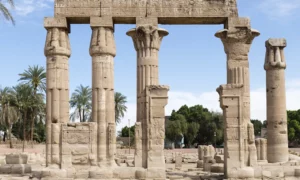
Temple of Montu
The Temple of Montu, dedicated to the falcon-headed god of war Montu, stands as a testament to the religious fervor and architectural grandeur of ancient Egypt. Located in modern-day Armant, near Luxor, this temple complex showcases the evolution of Egyptian temple design and religious practices. It was a significant cult center during the Middle Kingdom and continued to play a vital role throughout the New Kingdom and Greco-Roman periods.
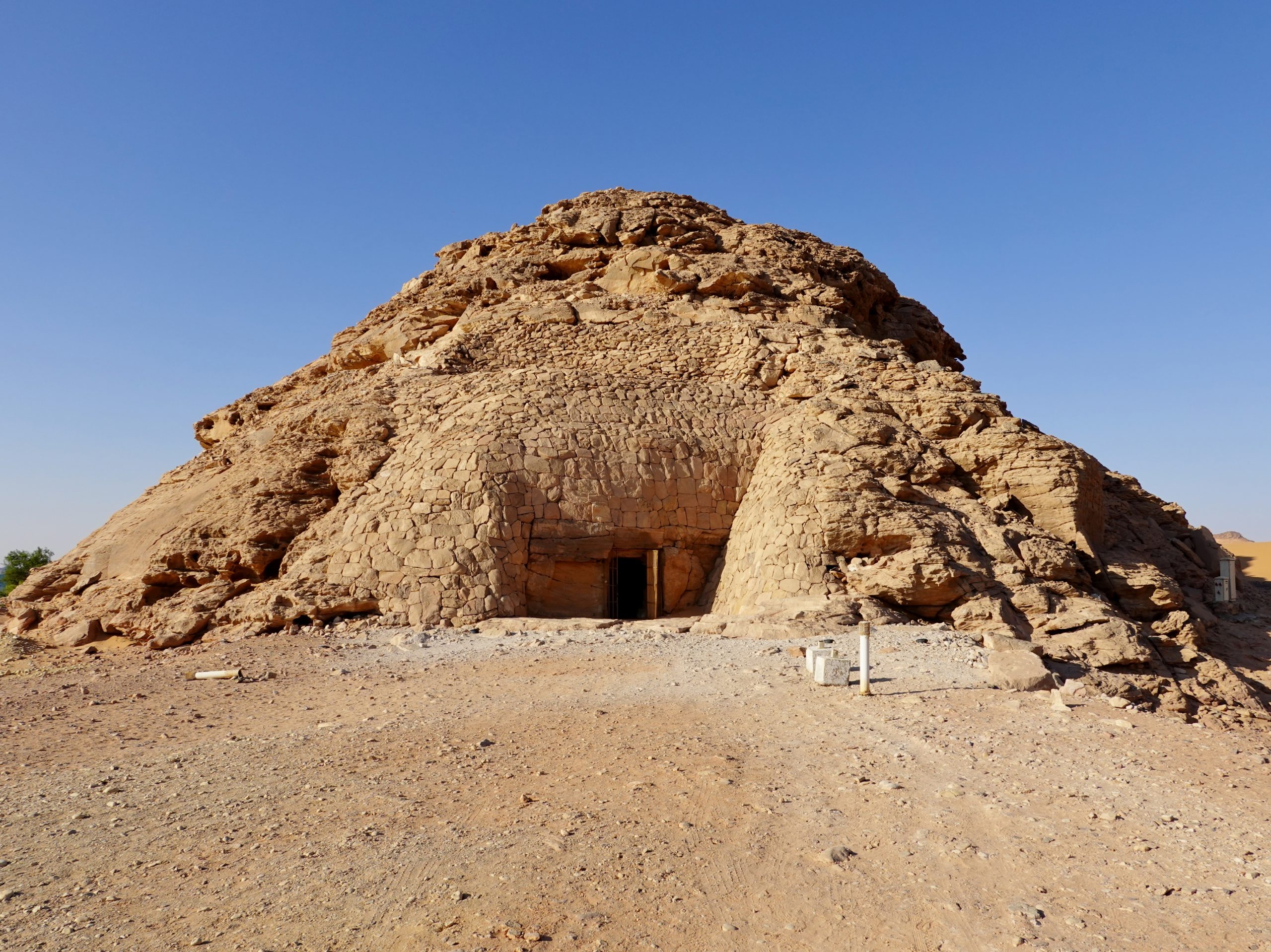
Tomb of Pennut
The Tomb of Pennut is an ancient Egyptian necropolis located in Aniba, which is part of Lower Nubia. It dates back to the reign of Ramesses VI, a pharaoh of the Twentieth Dynasty of Egypt. The tomb is significant for its detailed inscriptions and decorations, which provide insights into the culture and beliefs of the period. Pennut was a high-ranking official, and his tomb reflects his status in society. The site has been a focus of archaeological interest, revealing much about the funerary practices of ancient Egypt.
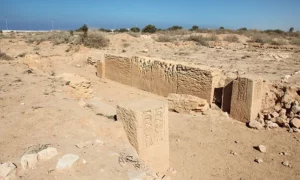
Zawiyet Umm el-Rakham
Zawiyet Umm el-Rakham is an ancient Egyptian site located near the Mediterranean coast, west of the city of Marsa Matruh. It is primarily known for the remains of a small fortress or military outpost that dates back to the reign of Pharaoh Ramesses II in the New Kingdom period. The site has garnered attention for its well-preserved state and the light it sheds on Egypt’s western frontier during a time of empire expansion and defense.
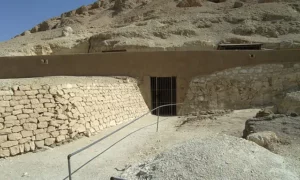
Tomb of Ankhtifi
The Tomb of Ankhtifi is an ancient Egyptian burial site that dates back to the First Intermediate Period. It is located in El-Mo’alla, an ancient town in Upper Egypt. The tomb is famous for its vivid autobiographical inscriptions of Ankhtifi, a nomarch during a time of political fragmentation in ancient Egypt. These inscriptions provide valuable insights into the socio-political climate of the era.
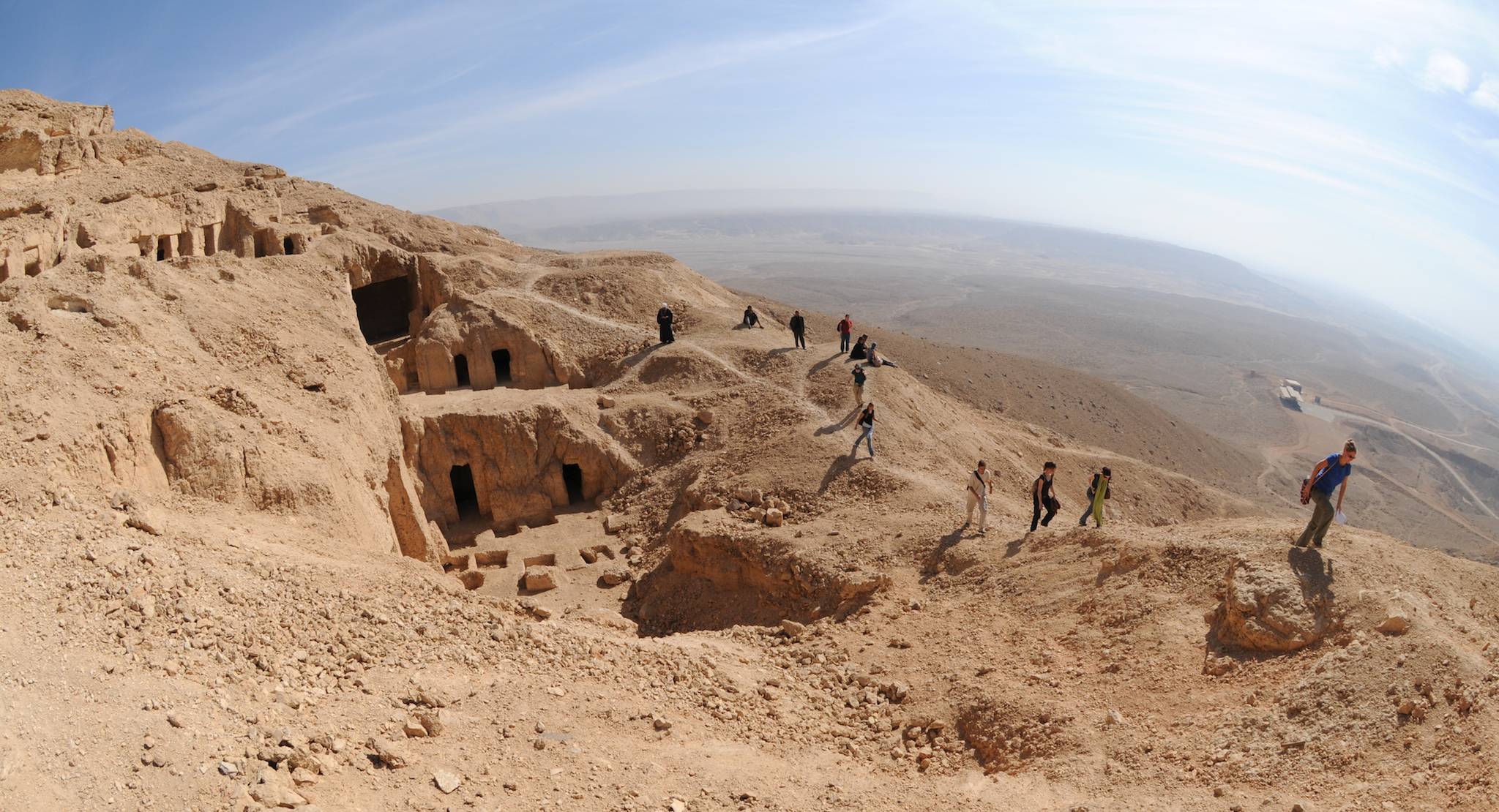
El-Hawawish Tombs
The El-Hawawish Tombs are an ancient necropolis located in Egypt. They consist of rock-cut tombs belonging to the Old and Middle Kingdoms. These tombs provide insight into the lives of non-royal individuals. They offer a wealth of information on the funerary practices and daily life of ancient Egyptians. The site is significant for understanding the development of Egyptian art and architecture.

